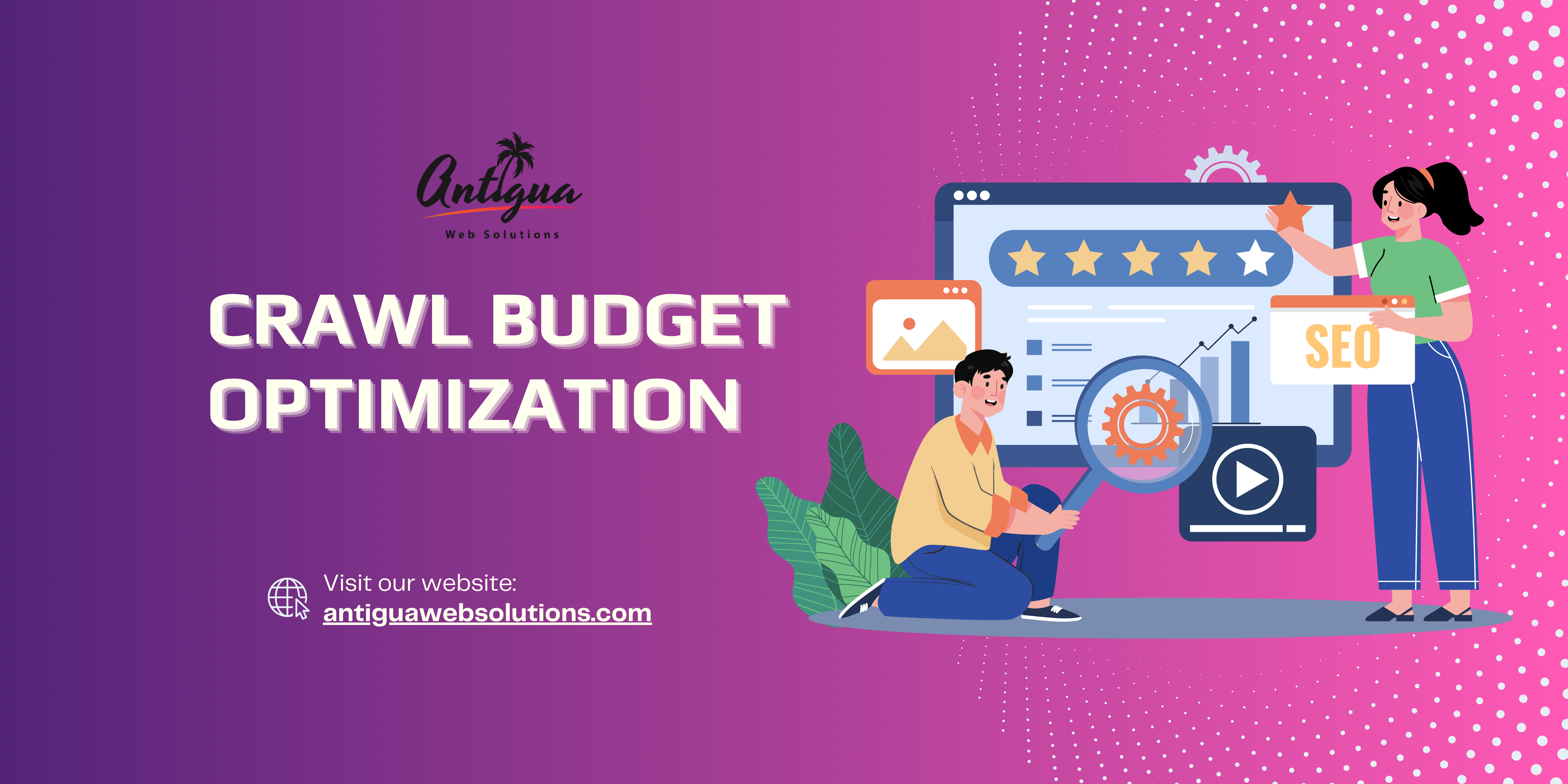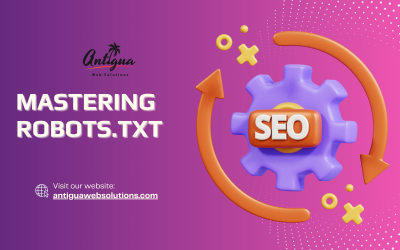Search engine optimization (SEO) involves multiple facets, but one critical and often overlooked aspect is crawl budget optimization. For websites with extensive content, ensuring that search engines can effectively crawl and index your pages is essential for achieving optimal visibility and rankings.
In this comprehensive guide, we’ll explain crawl budget optimization, its importance, and actionable strategies to maximize your website’s efficiency in search engine crawling and indexing.
What is Crawl Budget?
Crawl budget refers to the number of pages search engine bots, such as Googlebot, can and will crawl on your website within a specific period. Factors like server resources, website size, and content quality influence this limit.
For larger websites, an optimized crawl budget ensures that your most important pages are indexed, while irrelevant or low-value pages do not consume precious resources.
Why is Crawl Budget Optimization Important?
Failing to optimize your crawl budget can result in:
- Unindexed Pages: Search engines might miss important pages, reducing their visibility.
- Wasted Resources: Crawlers may spend time on irrelevant or duplicate pages.
- Negative User Experience: Outdated or irrelevant pages might appear in search results.
An effective crawl budget optimization strategy ensures that search engines prioritize high-value content, improving your website’s ranking potential and user engagement.
Factors Influencing Crawl Budget
1. Website Size
Large websites with thousands of pages require significant resources for crawlers. Without optimization, critical pages may be overlooked.
2. Server Performance
Fast and reliable servers improve crawl efficiency. Slow-loading websites can discourage crawlers from accessing more pages.
3. Duplicate Content
Duplicate or redundant content confuses crawlers, wasting your crawl budget on pages that offer no unique value.
4. URL Parameters
Dynamic URLs with multiple parameters can create unnecessary duplicates, causing crawlers to expend resources inefficiently.
5. Crawl Errors
Frequent errors, such as 404 pages or server issues, can hinder crawling and reduce your crawl budget allocation.
How to Optimize Your Crawl Budget
1. Prioritize High-Value Pages
Identify your most valuable pages—those that drive traffic, conversions, or provide significant value to users. Ensure these pages are easily discoverable through internal linking and sitemaps.
2. Fix Crawl Errors
Use tools like Google Search Console to identify and resolve crawl errors. Common issues include:
- 404 errors.
- Redirect loops.
- Server timeout issues.
3. Consolidate Duplicate Content
Implement canonical tags to guide crawlers toward the preferred version of a page, reducing duplication and conserving your crawl budget.
4. Optimize Page Speed
Fast-loading websites improve both user experience and crawl efficiency. Consider:
- Compressing images.
- Enabling browser caching.
- Reducing CSS and JavaScript.
5. Use Robots.txt Effectively
Control what bots can and cannot access on your site by updating your robots.txt file. Disallow crawlers from accessing pages such as:
- Admin dashboards.
- Irrelevant query parameters.
- Duplicate pages.
6. Streamline URL Structure
Simplify your URL structure to help crawlers navigate efficiently. Avoid overly complex or parameter-laden URLs.
Advanced Strategies for Crawl Budget Optimization
1. Implement an XML Sitemap
An updated XML sitemap acts as a guide for search engines, directing them to your most important pages. Ensure your sitemap includes only high-value URLs.
2. Lazy Loading
Implement lazy loading for images and videos, allowing media to load only when visible to the user. This conserves resources for crawlers.
3. Leverage Structured Data
Structured data helps crawlers understand the context of your content, leading to more efficient indexing.
4. Monitor Crawl Activity
Regularly review your crawl stats in Google Search Console to track how bots interact with your site. Adjust your strategy as needed based on the data.
Benefits of Crawl Budget Optimization
1. Improved Indexing
Ensures that search engines focus on indexing your most valuable and relevant pages.
2. Enhanced SEO Performance
An optimized crawl budget means higher visibility for your priority pages, leading to better rankings.
3. Better User Experience
When search engines index the most relevant content, users are more likely to find what they’re looking for, enhancing satisfaction.
4. Resource Efficiency
By reducing unnecessary crawling, you free up resources for both your server and search engine bots.
Common Mistakes in Crawl Budget Optimization
1. Ignoring Low-Value Pages
Failing to block low-value pages, such as outdated blog posts or thin content, can waste your crawl budget.
2. Overlooking Server Issues
Server downtime or slow performance can reduce the number of pages crawled.
3. Neglecting Mobile Optimization
With the mobile-first indexing approach, an unoptimized mobile experience can hinder crawling and indexing.
Tools for Crawl Budget Optimization
1. Google Search Console
Monitor crawl stats, identify errors, and gain insights into how bots interact with your site.
2. Screaming Frog
A powerful SEO tool for analyzing website structure, identifying duplicate content, and detecting crawl issues.
3. Ahrefs or SEMrush
Analyze site performance and pinpoint pages that require optimization.
4. Robots.txt Tester
Verify that your robots.txt file is correctly configured to manage crawler access.
Conclusion
Crawl budget optimization is an integral part of any successful SEO strategy, particularly for websites with extensive content or frequent updates. By prioritizing high-value pages, eliminating crawl errors, and using tools like robots.txt and XML sitemaps, businesses can ensure that search engines focus their resources where it matters most.
At Antigua Web Solutions, we understand the intricacies of crawl budget optimization and its impact on search rankings. Implement these strategies today to enhance your website’s crawl efficiency and unlock its full potential in search engine performance.
Optimize your crawl budget and pave the way for improved visibility, better user engagement, and sustainable online success.





